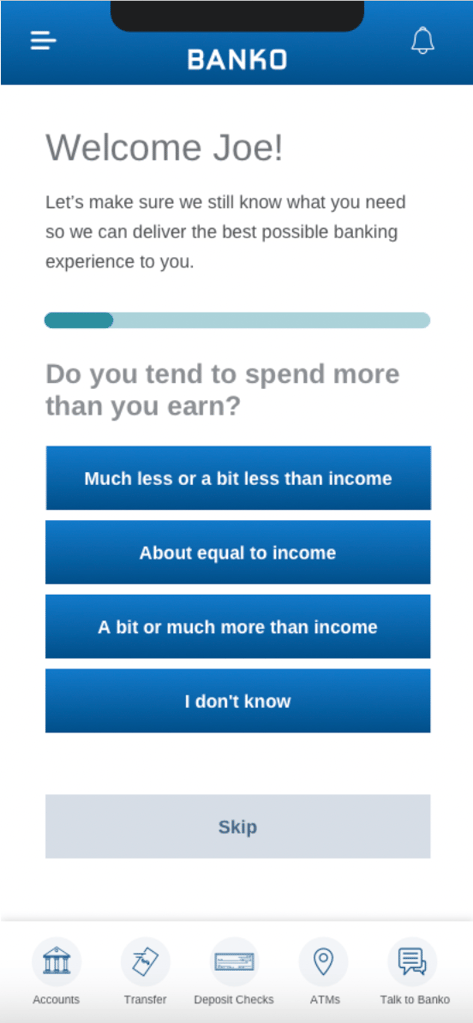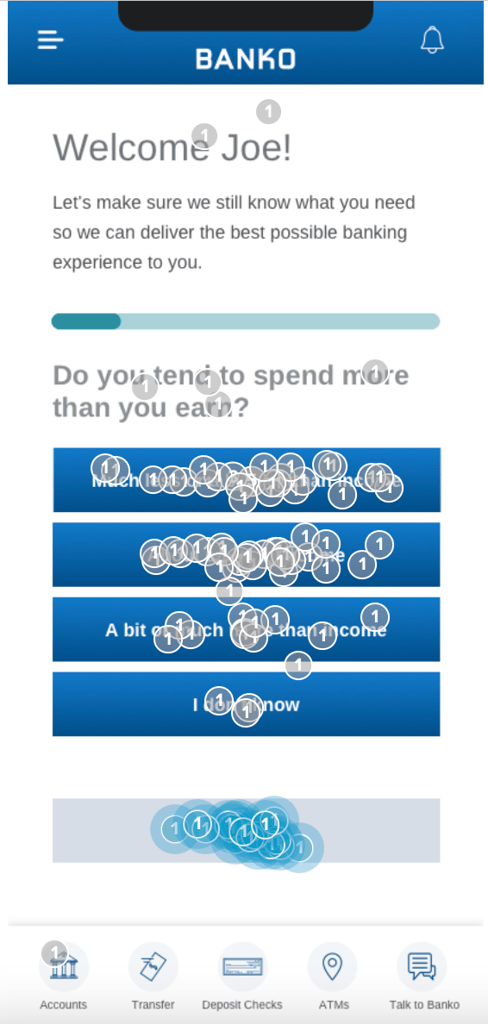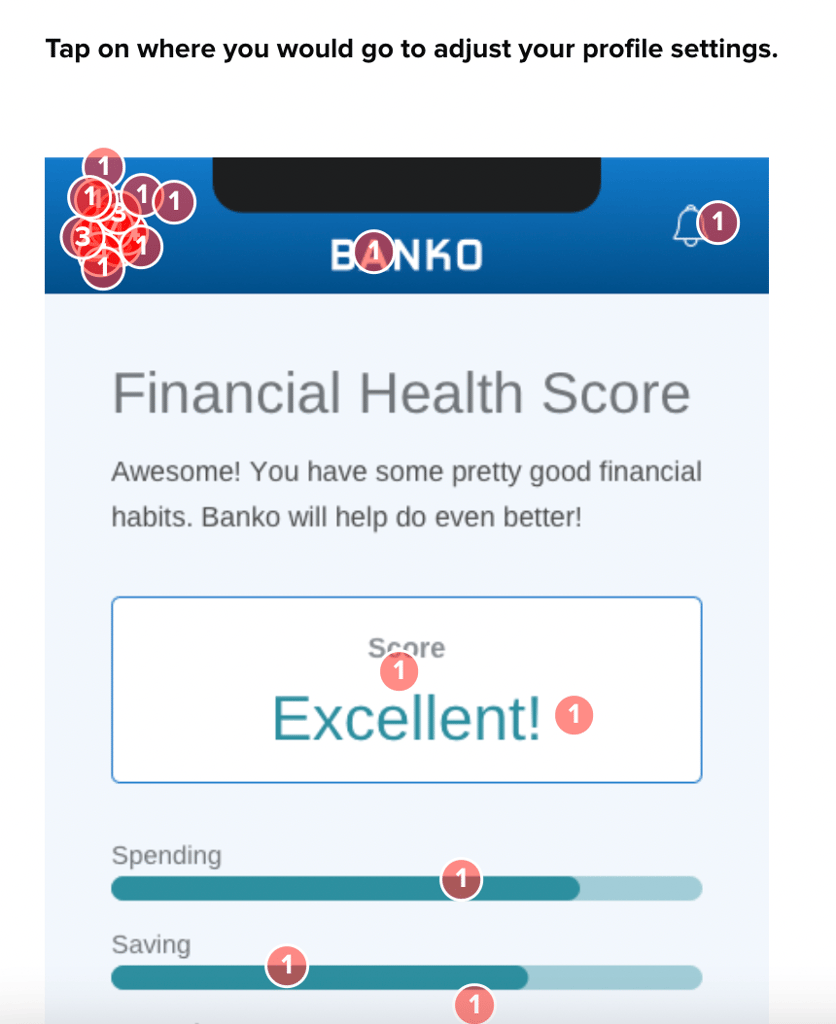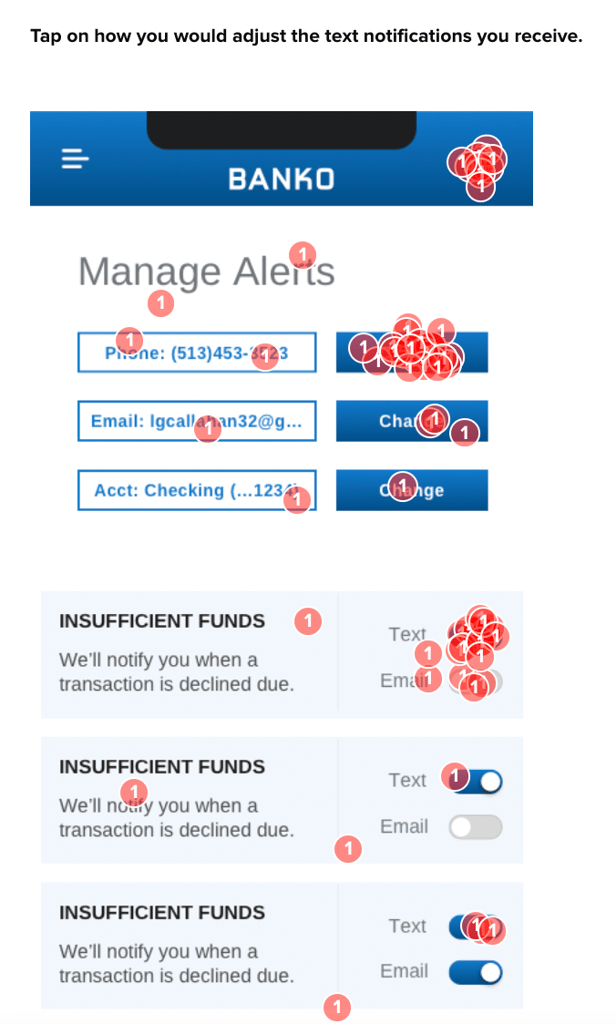Have you ever wondered what makes a user choose one app over another? Or why do certain games become daily habits while others are quickly forgotten? At the core of these decisions is one powerful element: user motivation.
Robert Meza caught our attention with his keen insights on product design. He observes that most apps, employee engagement programs, and even loyalty programs are designed to give rewards (extrinsic motivation) but in such a way that once the rewards are taken away, the users stop engaging.
His suggestion? Instead of just giving rewards, you can design features around psychological needs
- Autonomy: I make my own choices, I am in control
- Competence: I am learning, progressing, improving, and getting better
- Relatedness: I am part of something bigger, a community
There is an overflowing with options online, so capturing user motivation isn’t just important; it’s essential for survival. Let’s dive into designing products that don’t just attract users but motivate them to stay engaged, loyal, and satisfied.
Understanding User Motivation: The Invisible Engine
Picture motivation as the silent engine within your users that powers their actions, choices, and loyalty. It’s what fuels their desire to return to your product time and again. But to harness this force, we must first understand it.

The Three Pillars of Psychological Needs
Let’s introduce the three musketeers of motivation: Autonomy, Competence, and Relatedness. These aren’t just fancy words; they are the basic psychological needs that drive every one of your users.
- Autonomy: This is about giving your users the reins. It’s the freedom to make their own choices within your product. When users feel they have control, they engage more deeply because it’s a journey they chart themselves.
- Competence: Here, we talk about progress. Every user wants to feel like they’re getting better at something. When your product design helps them master a task, learn a new skill, or simply get better at the game, their motivation soars.
- Relatedness: Humans are social creatures, and this need taps into that fact. When your product creates a sense of community or connects users through shared experiences, it satisfies a deep-seated urge to belong.
Incorporating these pillars into your product isn’t just about ticking boxes. It’s about weaving a design that speaks to the very core of your users’ psyche. And when you do that, you create a product that motivates by nature, not force.
In my experience teams build their offerings without knowing how to meet the psychological needs in their products. Most apps, employee engagement programs, and even loyalty programs are designed to give rewards (extrinsic motivation), but in such a way, that once the rewards are taken away, the users stop engaging.

—Robert Meza, Founder, Aim For Behavior
Designing for Autonomy: Choice is Power
Imagine entering a store where you’re told what to buy, with no say. Not very appealing, right? That’s how users feel when products don’t offer them choices. Autonomy is about empowerment, and empowerment is about choice. Provide options in your product that allow users to tailor their experience. Whether it’s customizing a profile, choosing a path in a game, or selecting preferences in an app, these choices make users feel in control, boosting their intrinsic motivation and attachment to your product.
Don’t just give choices; show that they matter. Customer feedback loops help users see the impact of their decisions, validating their autonomy. If users customize their interface, let that choice play out in real time. Seeing their actions shaping their experience makes them more likely to stay motivated and engaged.
Encouraging Competence: The Joy of Mastery
No one likes to feel incompetent. If your product is too complex or challenging right off the bat, users might feel discouraged. Simplify tasks to make the entry point accessible, then gradually increase the complexity. This ‘easy to learn, hard to master’ approach can keep users returning as they enjoy mastering each level.
Recognition is a powerful motivator. Highlight user achievements, no matter how small. Did they complete a task? Learn a new feature? Reward them with positive reinforcement. Badges, progress bars, and celebratory messages can all contribute to a sense of accomplishment that fuels their motivation.
Fostering Relatedness: Community is Key
Humans crave connection. Your product should build bridges between users, not walls. Integrate social features that encourage interaction, like sharing achievements or collaborating on tasks. When users feel part of something bigger, their engagement levels naturally rise.
Whether through cooperative gameplay, goals, or communal challenges, creating shared experiences can foster a sense of community. This doesn’t mean forcing collaboration; rather, it’s about providing opportunities for users to connect in natural and rewarding ways.
Motivation Through User Experience: A Delightful Journey
A delightful user experience (UX) is the invisible hand that guides users through your product. Ensure every interaction is smooth, intuitive, and satisfying. A well-designed UX can reduce frustration and encourage continued use. Think of UX as your silent ambassador of motivation.
Design your product to anticipate and meet user needs before they even realize them. By predicting what users might want next and making it easy to achieve, you create a proactive, not reactive, experience that keeps users engaged and motivated.
Gamification, Incentives and Motivation: Playful Engagement
Inject fun elements into your product with gamification. Leaderboards, points, and challenges aren’t just for games—they can add an element of play to any experience, tapping into the user’s love for competition and achievement. Ensure the gamified elements are meaningful and align with your users’ goals. Challenges that are too easy or rewards that don’t resonate can have the opposite effect, diminishing motivation instead of enhancing it.
One size does not fit all when it comes to incentives. Offer rewards that are tailored to the desires and behaviors of your users. This personalization shows users you understand and value their unique preferences, driving deeper engagement. Make your reward systems transparent and attainable. Users who understand what they need to do to gain rewards and can track their progress toward them are more likely to be motivated to reach those goals.
Measuring User Engagement and Satisfaction: The Motivation Metrics
You can’t improve what you don’t measure. Use analytics to track how users interact with your product. Look for patterns in what keeps them returning or causes them to leave. This data is invaluable in fine-tuning your motivational strategies.
Sometimes, the best way to understand user motivation is simply to ask. Helio’s feedback surveys, forms, and direct communication can provide insights into user satisfaction. Listen to what users are telling you, and use that information to make informed decisions about your product design.
User Motivation Case Study: Banko
Helio makes testing with this framework easy by helping you dive into user behaviors. You can test designs using a combination of multiple-choice questions to evaluate if the options provided felt sufficient, rating scales to assess how in control they felt during the tasks, and open-ended questions to explore their thoughts on the choices and control aspects.
To illustrate how you can test autonomy, competency, and relatedness with Helio, we’ll use Banko, a credit union mobile app, as an example.
Autonomy
One of Banko’s new features invites users to answer survey questions in order to determine and help with their financial health. Before spending the money to put this full onboarding flow into production, Banko was able to test the flow with 200 Banking Consumers in the US to determine their follow-through and engagement:

Conducting interactive tests with the audience allowed Banko to filter by participants who elected to skip certain questions in the flow and learn why they decided not to engage:

A common sentiment of those who skipped the survey was speed:
If I am logging into my bank account I don’t really want to spend time answering survey questions. I just want to get right to my account.

—US Banking Customer, Helio Participant
However, one user provided insight that could suggest users want to be autonomous, and a survey about spending habits may remind them of a sensitive subject.
I don’t need/want to be coached on my spending habits. They are less than ideal, I feel guilty about it, and would rather not talk about it.

— US Banking Customer, Helio Participant
Of course, one respondent’s opinion does not represent a majority of the sample. Evaluative questions at the end of the interactive flow allowed the team to understand how the experience made users feel with quantitative data:

Overall, Banko’s new onboarding quiz was received well by those who volunteered to take it and produced significant anticipation for the results that it would produce.
Competence
As they added new features, Banko wanted to ensure the usability of all the new elements on their mobile app. Helio’s rapid usability surveys allowed them to test the user success of multiple account management settings across their apps in just a matter of hours:

Banko’s new notification settings were put to the test on the profile page when we asked users to tap on how they would adjust the text notifications they receive from the app:

This usability testing revealed that the elements on the settings page were accessible, though the variety of methods to toggle different channels, like text or email, may be confusing for users. Banko’s next round of interactions would focus on simplifying the interactions on their settings page.
View the Helio Example
Relatedness
Another concept for Banko’s financial health score feature was to allow users to share their score to encourage engagement with the platform and other users.

First, Banko needed to know whether users would embrace this feature and understand its purpose:

These early reaction tests helped Banko see the difficulties they might have with such a feature:
I don’t understand why I would need to share my financial health information with anyone else. I am very private when it comes to my finances.

—US Banking Customer, Helio Participant
Confusion about the purpose of sharing the financial health score results in a significant amount of deterred users:

The road to success is paved with failure. Banko now knows they must find new ways to encourage the relatedness of their new financial health score feature.
The Essence of User-Centric Motivation
Designing a product that motivates users is both an art and a science. It’s about understanding the psychological needs that drive user behavior and crafting an experience that speaks to those needs. It’s about creating a journey that users want to embark on again and again.
Need help understanding user motivation for your product? Reach out to me directly to start a conversation.
As you progress in your design process, keep the principles of autonomy, competence, and relatedness close. Will your users become a loyal advocate for your product?
User Motivation FAQ
User motivation is the driving force that compels users to engage with a product consistently, influenced by psychological needs and user experience.
There are three components
- Autonomy allows users to make their own choices within a product, giving them a sense of control and personal investment that boosts engagement.
- Start with simple tasks to avoid user discouragement, then progressively increase complexity to satisfy their growth and mastery needs.
- Relatedness fulfills users’ social needs, creating a sense of community through shared experiences and interactions within the product.
Yes, gamification adds playful elements to the product, tapping into the user’s competitive nature and love for achievement.
Incentives should match users’ desires and behaviors, showing them that their unique preferences are understood and valued.
A seamless and intuitive UX guides users through the product, reducing frustration and encouraging continued use, enhancing motivation.
When a product consistently meets a user’s psychological needs and provides a satisfying experience, it motivates loyalty and advocacy.
Measuring engagement and satisfaction helps identify what drives users to return or leave, allowing for targeted improvements in the product.
Use tools like Helio to test user interactions, assess feelings of control, and gather feedback on features that meet their autonomy, competence, and relatedness needs.




